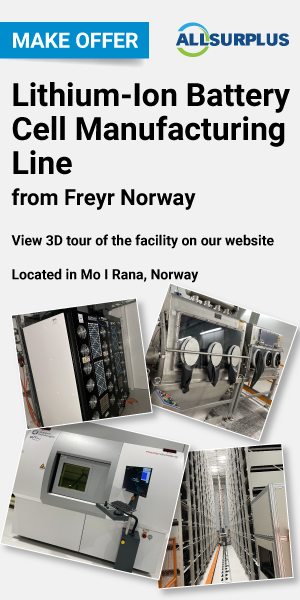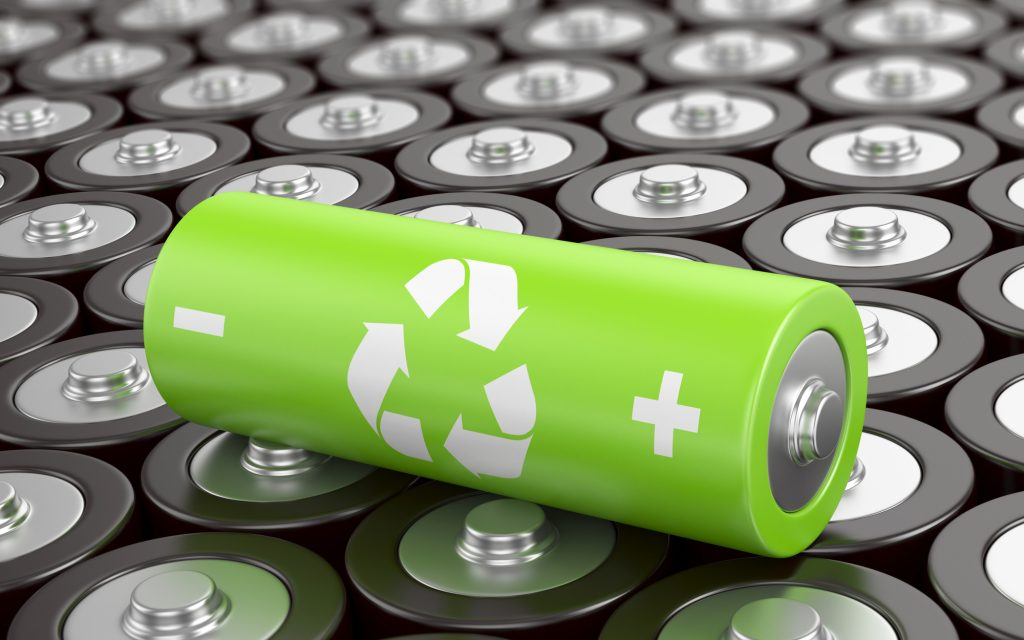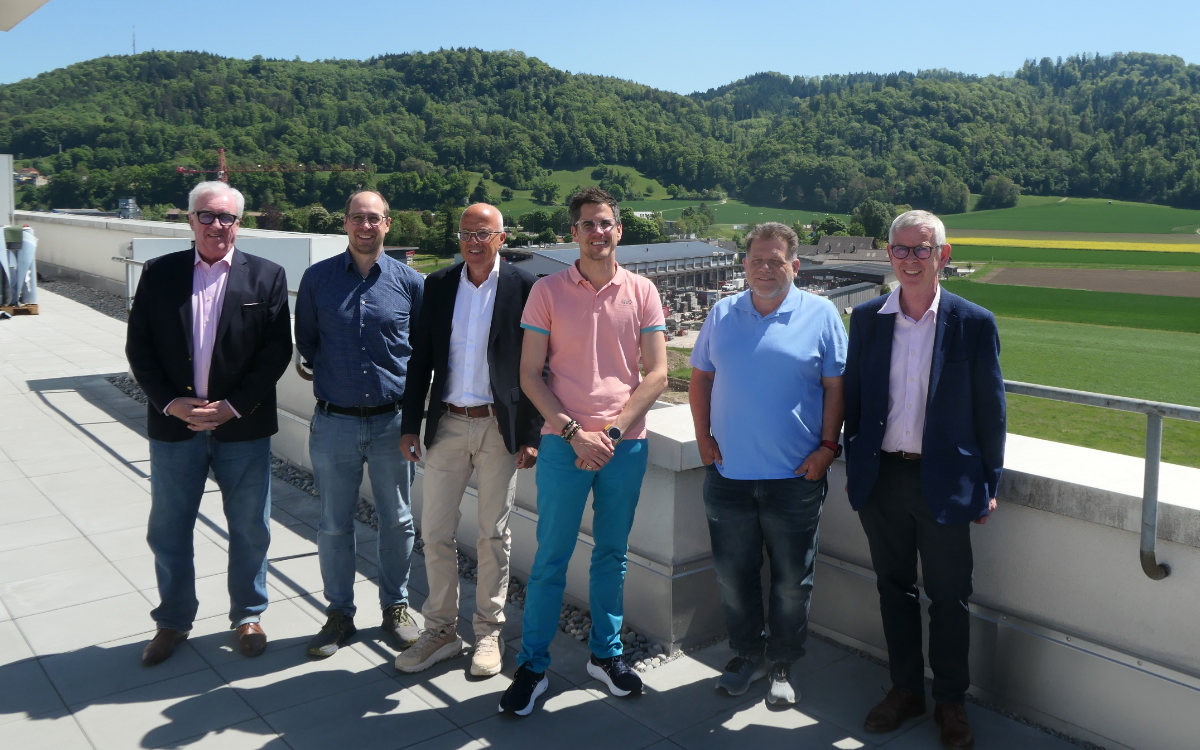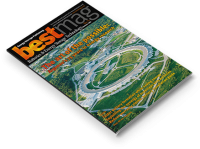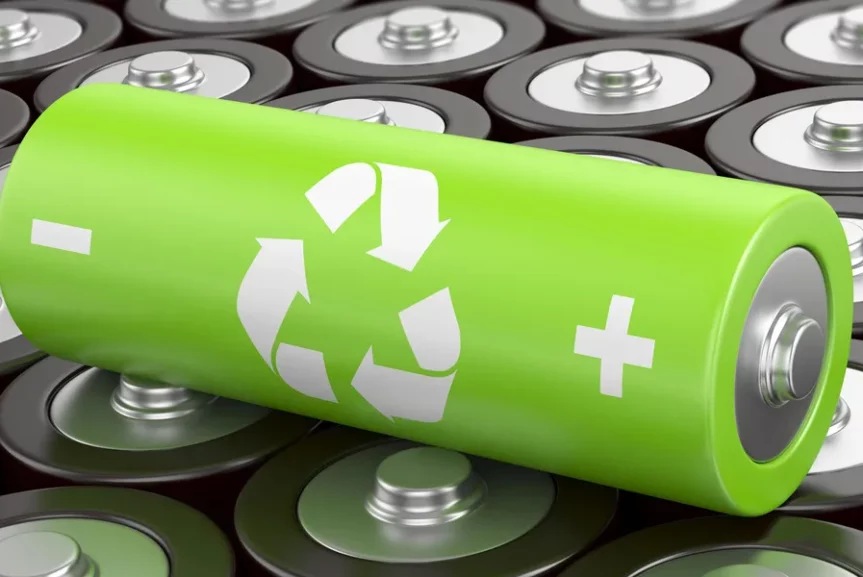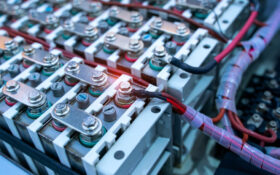The Korea Polar Research Institute, KOPRI, has announced that a team led by Dr. Yoon Eui-jung and Prof. Lee Jeong-tae has identified a material from Antarctic red algae at the King Sejong research station. The substance can significantly enhance the performance of lithium-sulphur batteries.
Lithium-sulphur batteries are one of the most promising chemistries for long-term energy storage with a higher theoretical energy density than in lithium-ion batteries. But there are still some technical issues to solve. One of them is that sulphur tends to dissolve in the electrolyte and another problem is materials expansion during charging and discharging.
Now Nature seems to offer a remedy to the battery problem. The new material, Curdiea racovitzae Polymer (CRP), offers a promising solution as it may act as a binder maintaining the stability and function of sulphur within these batteries. Using CRP as a binder instead of commercial alternatives increased battery capacity retention performance by approximately 100%. CRP can form an ant-nest-like porous structure, which accommodates internal volume expansion during continuous charging and discharging, thereby maintaining electrode stability over prolonged use. Thus, CRP can solve the material expansion problem.
The research, supported by the Korea Polar Research Institute, the Korea Forestry Promotion Institute, and the National Research Foundation of Korea, has been published in the international journal “Materials Today”. An international patent is currently underway. The next step is to secure mass cultivation technology to commercialize CRP. Additional research will be performed to increase extraction efficiency and to discover similar domestic seaweeds.
Another research group based in Poland, Hungary and the Slovak republic has studied the functions of CARR, a polysaccharide binder from red algae for a better electrode performance in Li-S batteries. The report published in Nature shows a significant improvement.


